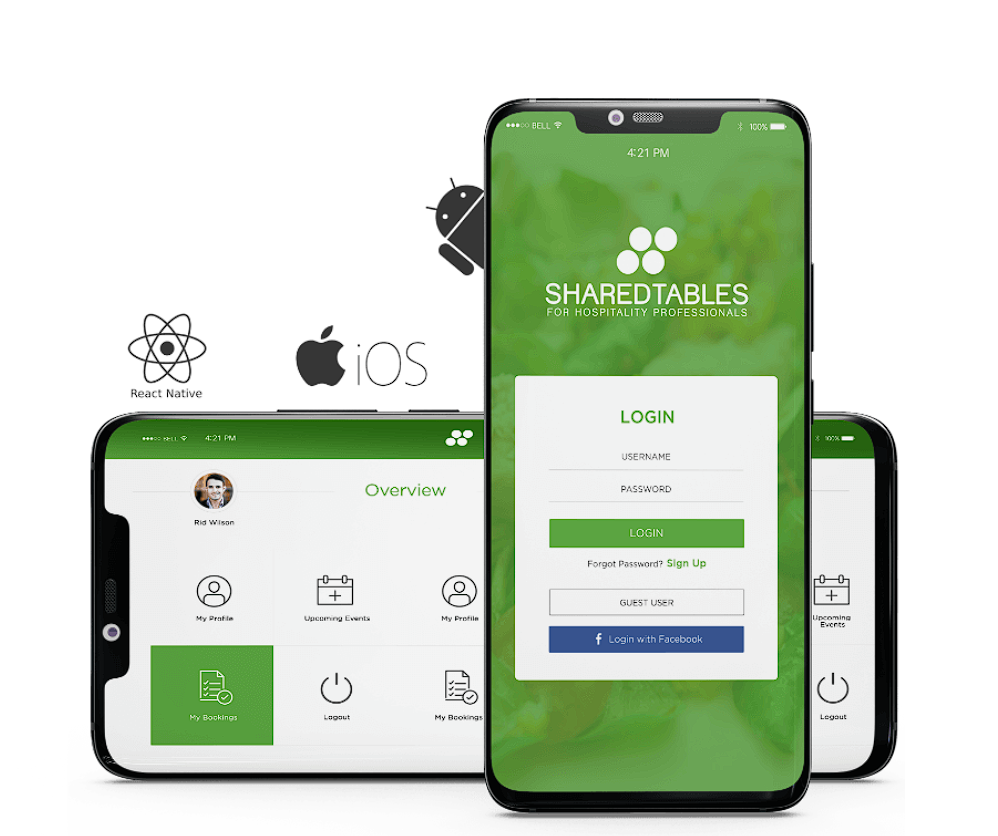Global App Development: Essential Strategies for Expanding into International Markets
Expanding your app to international markets can unlock a world of opportunities, but it also comes with unique challenges. Developing an app that resonates with users across different countries and cultures requires more than just translating content—it’s about adapting to various markets, localizing user experience, and ensuring technical compatibility. In this article, we’ll explore the key considerations and best practices for developing apps for international markets. 1. Localization vs. TranslationWhen developing an app for international users, localization is key. While translation helps to convert your content into a different language, localization goes a step further by adapting your app to the local culture, customs, and preferences. Language: Ensure the app supports multiple languages. Focus on using native speakers for translation to avoid awkward or inaccurate phrasing.Cultural Relevance: Customize visuals, color schemes, icons, and references that align with cultural norms. For example, certain symbols or images may have different meanings in various regions.Currency and Measurement Units: Display currency and units of measurement (e.g., weight, temperature) in a manner that is familiar to local users.2. Internationalization (i18n)Internationalization (often abbreviated as i18n) is the technical process of preparing your app to be easily adaptable for international markets. It involves building your app architecture so that localization can be implemented efficiently, without requiring substantial code changes. Key aspects of i18n include: Supporting Multiple Languages and Time Zones: Ensure your app can handle various languages, currencies, and time zones without breaking its functionality.Character Encoding: Use UTF-8 or other global encoding standards to support a variety of characters (e.g., accented characters, Chinese characters).Flexible UI Design: Design the app layout so it can easily adapt to different text lengths. For example, some languages (like German) may require more space than others (like English), so avoid hardcoding text boxes that could break with longer phrases.3. App Store Optimization (ASO) for International MarketsTo succeed in international app markets, App Store Optimization (ASO) is essential. ASO helps your app rank higher in app stores, increasing its visibility. Key factors for international ASO include: Localized App Store Listings: Optimize your app’s title, description, and keywords for each target market. Use local language keywords and research relevant terms specific to that region.Localized Screenshots and Videos: Show visuals that resonate with local users. For example, a French app listing might feature people enjoying the app in a Parisian setting.Localized Ratings and Reviews: Encourage international users to leave positive reviews in their native languages to increase trust and credibility. 4. Multi-Currency and Payment GatewaysIf your app involves in-app purchases or transactions, it’s crucial to provide multiple payment options and support for local currencies. This could include: Integrating Global Payment Gateways: Services like PayPal, Stripe, or local payment systems (e.g., Alipay in China, Paytm in India) should be included to accommodate diverse user preferences.Currency Conversion: Automatically display prices in the local currency, and consider implementing dynamic currency conversion for global transactions.Payment Security: Ensure that the app complies with global standards for payment security, such as PCI DSS (Payment Card Industry Data Security Standard). 5. Legal Compliance and Data PrivacyWhen developing an app for international markets, it’s crucial to comply with local laws and regulations, particularly concerning data privacy and security. GDPR: For users in the European Union, ensure your app complies with the General Data Protection Regulation (GDPR), which governs how personal data is collected, stored, and used.Local Privacy Laws: Familiarize yourself with privacy regulations specific to countries or regions, such as CCPA (California Consumer Privacy Act) in the United States or PIPEDA (Personal Information Protection and Electronic Documents Act) in Canada.Terms of Service and Privacy Policy: Customize these legal documents for each market, ensuring they meet the legal requirements of the country where your app is available. 6. Localization of Push Notifications and AlertsPush notifications are a great way to engage users, but they must be localized to be effective. Tailor notifications to each region by: Using Local Language: Push notifications should be in the user’s preferred language, and phrases should be culturally relevant.Respecting Time Zones: Schedule push notifications to arrive at optimal times for the target region, respecting time zone differences.Localized Content: Customize the content of notifications, such as promotions, offers, or event alerts, to match local interests and holidays. 7. User Interface (UI) and User Experience (UX) AdaptationThe design of your app plays a significant role in how well it’s received in international markets. Pay attention to: Right-to-Left Languages (RTL): If you plan to target Arabic or Hebrew-speaking countries, your app should support right-to-left text orientation. This may require adjustments in UI elements like buttons, menus, and text alignment.Color Sensitivity: Colors can have different meanings across cultures. For example, while red signifies luck in China, it could symbolize danger in other cultures. Understanding these associations can help avoid unintentional miscommunication.Cultural Preferences: Certain design trends and features may be more popular in specific regions. For example, minimalistic design might be preferred in Scandinavian countries, while vibrant colors and bold typography may appeal to users in Latin America. 8. Testing and Feedback from International UsersBefore launching your app in international markets, it’s important to conduct user testing in each region. This can help identify: Usability Issues: Find out if there are any design or functionality problems unique to different regions.Localization Feedback: Test translations, cultural references, and local nuances to ensure everything resonates with your target audience.Regional Preferences: Learn more about user behavior and preferences in specific markets, such as features they want or issues they face.Testing with local users will provide valuable insights to refine your app for better adoption. 9. Marketing and Customer SupportOnce your app is live in international markets, it’s time to market it effectively: Targeted Marketing: Run region-specific campaigns and partner with local influencers to raise awareness about your app in different countries.Localized Customer Support: Offer customer service in the local language and provide region-specific help, such as localized FAQ pages or local phone support numbers. 10. Continuous Updates and MaintenanceGlobal markets are dynamic, and user preferences can shift rapidly. Regular updates are essential to ensure your app remains


